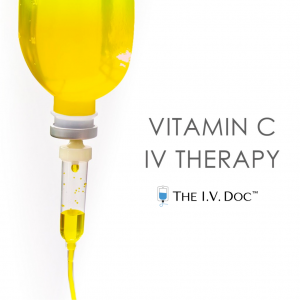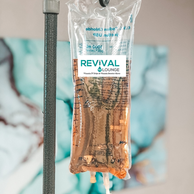The essential recorded attempt at controlling a medicinal substance through hangover iv therapy was in 1492 when Pope Innocent VIII ended up being wiped out and was coordinated with blood from strong individuals. In case this occurred, the treatment didn’t work and achieved the death of the advocates while not recovering the pope. This story is addressed by some, who ensure that blood bondings would never have been seen as by the clinical specialists by then, or that an all-out portrayal of blood course was not conveyed until over 100 years afterwards. The story is credited to anticipated bungles in the translation of reports from the time, as well as potentially a conscious creation, however, others really trust it to be precise. One of the really clinical histories perusing material for clinical and nursing students has affirmed that the entire story was a foe of Semitic assembling.

Christopher Wren and Robert Boyle worked
- As communicated by Wren, “I Have Injected Wine and Ale in a living Dog into the Mass of Blood by a Veine, in extraordinary Quantities, till I have made him extremely delirious, yet not long after he Pisseth it out.” The canine made due, created fat, and was consequently taken from his owner. Boyle credited inception to Wren.
- Richard Lower showed it was plausible for blood to be reinforced starting with one animal and then onto the next and from animal to man intravenously, a xenotransfusion. He worked with Edmund King to bond sheep’s blood into a crazy. man. Lower was enthusiastic about moving science at this point and moreover acknowledged the man would profit from outside mediation, either by the imbuement of fresh blood or by the removal of old blood.
- It was difficult to see people who could agree as fortified, but a sporadic specialist, Arthur Coga, concurred and the framework was finished by Lower and King before the Royal Society on 23 November 1667. Holding collected a couple of reputations in France and Italy, yet clinical and philosophical conversations arose, achieving holding being denied in France.
- There was basically no recorded achievement with any undertakings at implantation treatment until the 1800s, when in 1831 Thomas Latta focused on the use of IV fluid trades for cholera treatment. The vital courses of action which saw unpreventable use for IV imbuements were direct “saline-like plans”, which were followed by investigating of various roads in regards to various liquids, including milk, sugar, honey, and egg yolk.
- During the 1830s, James Blundell, an English obstetrician, used intravenous association of blood to treat women depleting abundantly during or after transport. This began before the cognizance of blood characterization, provoking whimsical results.
Intravenous treatment
It was reached out by Italian specialist Guido Baccelli in the last piece of the 1890s and further made during the 1930s by Samuel Hirschfeld, Harold T. Hyman and Justine Johnstone Wanger anyway were not extensively open until the 1950s. There was a period, for the most part, the 1910s-1920s, when fluid replacement that today would be done intravenously was likely to be done with a Murphy stream, rectal implantation; and IV treatment expected seemingly forever to continuously unstick that ROA.
During the 1960s, giving a person healthy necessities through an IV course of action began to be really considered. The super parenteral sustenance supplementation included hydrolyzed proteins and dextrose. This was gone on in 1975 with the introduction of intravenous fat emulsions and supplements which were added to shape “outright parenteral food”, or that which consolidates protein, fat, and sugars.
